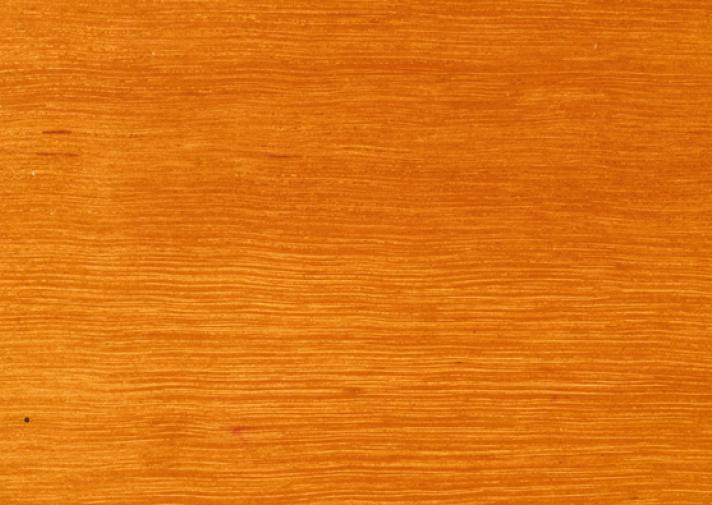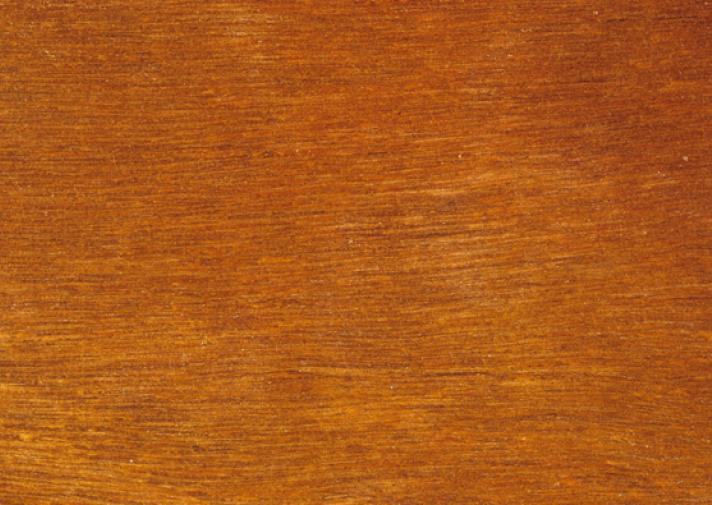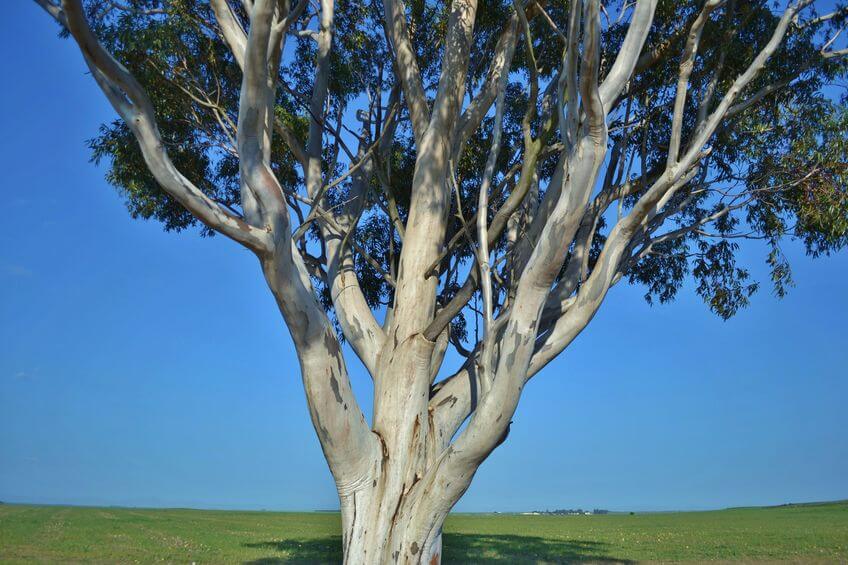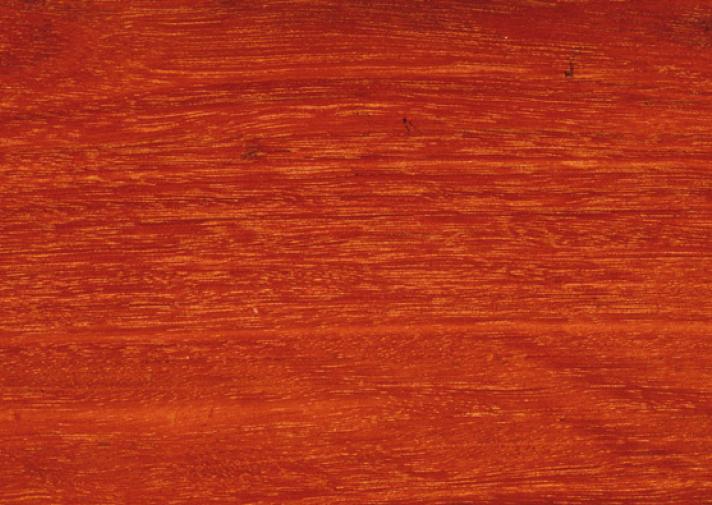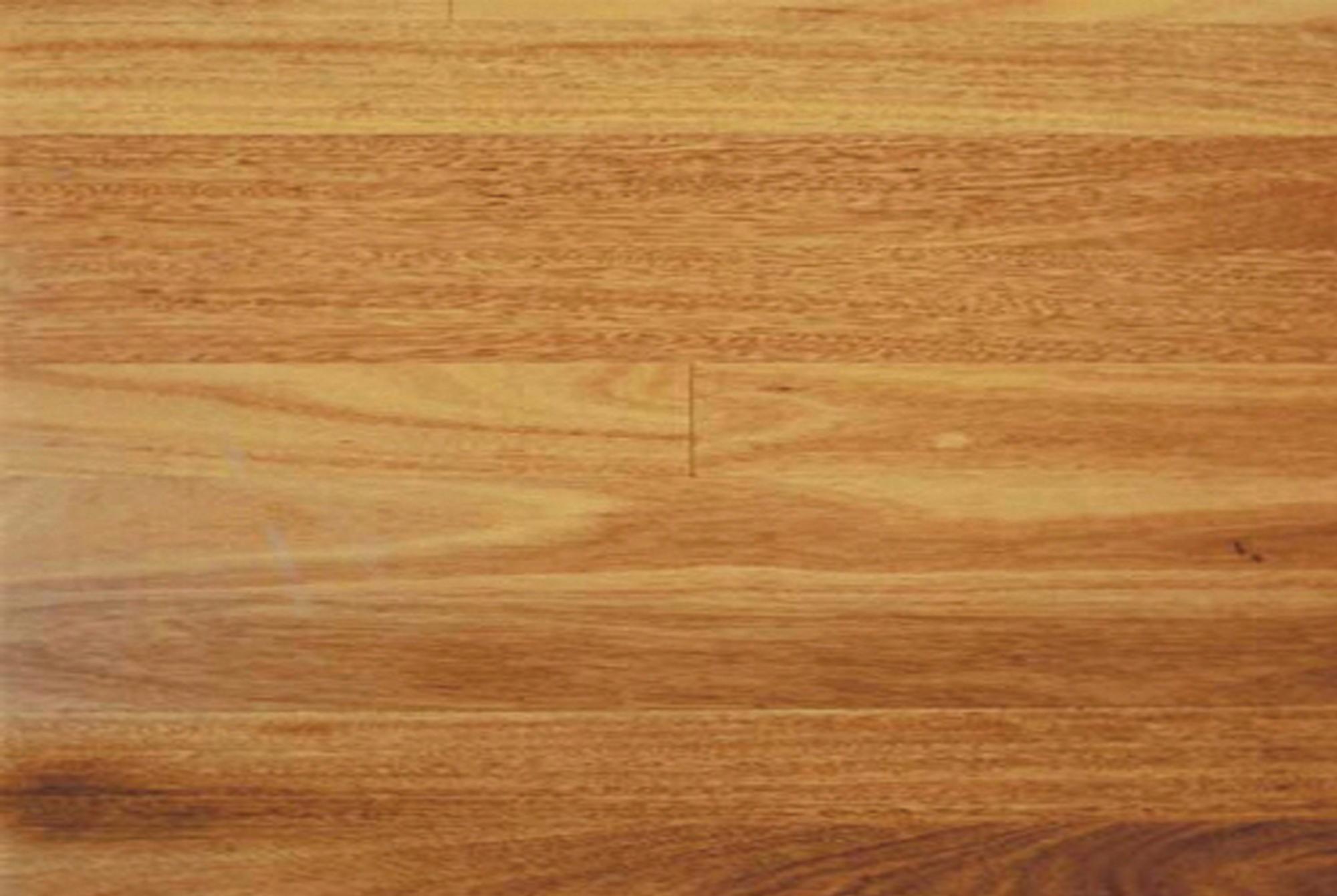Sydney blue gum is also extensively grown as a plantation species in south africa and south america where rapid growth yields timber of much lower density than australian material.
Is blue gum a hardwood or softwood.
It occurs natively in forests along the coast of new south wales and southern queensland.
It produces a lovely hot bed of coals that will burn throughout any winter night although perfect for any time of year.
Eurabbie tasmanian blue gum maiden s gum gippsland blue gum southern blue gum is a widely forested australian hardwood species.
This happens to be generally true but there are exceptions such as in the cases of wood from yew trees a softwood that is relatively hard and wood from balsa trees a.
Brown mallee eucalyptus dumosa coolibah eucalyptus coolabah.
Blue gum is generally regarded as a utility lumber.
It is quite close to cherry a little stronger than mahogany and a little weaker than walnut.
Red and blue gum wood.
The wood is primarily used for pulp and fuel though some is harvested for woodworking purposes.
Its timber products are readily available and suitable for flooring furniture and a range of general construction applications.
Classifying wood as either a hardwood or softwood comes down to its physical structure and makeup and so it is overly simple to think of hardwoods as being hard and durable compared to soft and workable softwoods.
Blue gum firewood is a dense hardwood and thus the wood does not burn up fast.
Gum is a little higher than average in strength and stiffness than many other hardwood species.
Sydney blue gum is a large hardwood species growing to a height of 60 metres or more.
Plantation grown lumber tends to be lighter and softer with forest grown blue gum being harder and more dense.
Rifle range road tuncester nsw 2480 postal.
Sapgum is widely available at low cost while redgum is more uncommon and prices can be in the mid range for a domestic hardwood with prices for figured and or quartersawn pieces costing more.
Box 6366 south lismore nsw 2480 australia phone.
61 2 6621 9886 fax.
This wood species is not listed in the cites appendices and is reported by the iucn as being a species of least concern.







